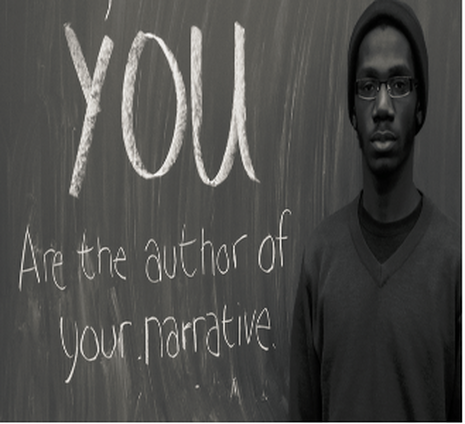
#MakingChange: Breaking Barriers & Shattering Statistics Photo Project
Objectives: Students will create an artist exhibition by deconstructing stereotypes that are often associated with their identities and creating counternarratives and stories. This three part project has three phases: 1) Artist Statement 2) Google Slides Presentation 3) Photoshoot
Graphic Organizer: Due: December 6th, 2021
Class Resources:
Part 1- Student Graphic Organizer
Student Exemplar- Lindsey
Video 1- Asian American Men Stereotypes
Video 2- Muslim American Stereotypes
Potential Research Articles
Asian American Stereotypes
https://www.apa.org/monitor/2019/12/countering-stereotypes
Latin American Stereotypes
https://hiplatina.com/latino-stereotypes-debunked/
African American Stereotypes
https://www.theguardian.com/commentisfree/2015/aug/12/media-misrepresents-black-men-effects-felt-real-world
Muslim Stereotypes
https://www.adl.org/education/resources/tools-and-strategies/myths-and-facts-about-muslim-people-and-islam
Essential Question: Research a stereotype that impacts you. Identify the stereotype? What are the origins (history) of that stereotype? Where did that stereotype develop? Why is it wrong?
Exemplar Response:
Claim: Mainstream America often misrepresents Black boys in media and or schools, they often portray them as criminals or thugs. Another dominant stereotype that is often perpetuated about Black and Brown children is that they are incapable of learning due to their behaviors; this narrative often feeds the school to prison pipeline in urban schools and often neglects the schools role in creating policies that police children of color. For example, just because a student wears a hat or hoodie, doesn't mean he's a threat or thug.
Evidence/ High Quality Research: The author Leig Donaldson (2015) lifts this perspective in his article when he writes, “ What we are also seeing play out among both white and black people is a hyped view of black boys and men being coupled with criminality and violence, a lack of empathy for black men and boys in trouble, less attention being paid to the bigger picture of social and economic disparity and increased public support of more rigorous approaches to social ills...”
Analysis: This quote demonstrates that Black boys compared to white boys, are often stereotyped and racially profiled based on their skin completion and behaviors.
Connection: Self to Text: When people often see me, they see me as a thug instead of a young man with intellect. I am not a thug; I am young, gifted, and full of many talents. For examples...
Objectives: Students will create an artist exhibition by deconstructing stereotypes that are often associated with their identities and creating counternarratives and stories. This three part project has three phases: 1) Artist Statement 2) Google Slides Presentation 3) Photoshoot
Graphic Organizer: Due: December 6th, 2021
Class Resources:
Part 1- Student Graphic Organizer
Student Exemplar- Lindsey
Video 1- Asian American Men Stereotypes
Video 2- Muslim American Stereotypes
Potential Research Articles
Asian American Stereotypes
https://www.apa.org/monitor/2019/12/countering-stereotypes
Latin American Stereotypes
https://hiplatina.com/latino-stereotypes-debunked/
African American Stereotypes
https://www.theguardian.com/commentisfree/2015/aug/12/media-misrepresents-black-men-effects-felt-real-world
Muslim Stereotypes
https://www.adl.org/education/resources/tools-and-strategies/myths-and-facts-about-muslim-people-and-islam
Essential Question: Research a stereotype that impacts you. Identify the stereotype? What are the origins (history) of that stereotype? Where did that stereotype develop? Why is it wrong?
Exemplar Response:
Claim: Mainstream America often misrepresents Black boys in media and or schools, they often portray them as criminals or thugs. Another dominant stereotype that is often perpetuated about Black and Brown children is that they are incapable of learning due to their behaviors; this narrative often feeds the school to prison pipeline in urban schools and often neglects the schools role in creating policies that police children of color. For example, just because a student wears a hat or hoodie, doesn't mean he's a threat or thug.
Evidence/ High Quality Research: The author Leig Donaldson (2015) lifts this perspective in his article when he writes, “ What we are also seeing play out among both white and black people is a hyped view of black boys and men being coupled with criminality and violence, a lack of empathy for black men and boys in trouble, less attention being paid to the bigger picture of social and economic disparity and increased public support of more rigorous approaches to social ills...”
Analysis: This quote demonstrates that Black boys compared to white boys, are often stereotyped and racially profiled based on their skin completion and behaviors.
Connection: Self to Text: When people often see me, they see me as a thug instead of a young man with intellect. I am not a thug; I am young, gifted, and full of many talents. For examples...
